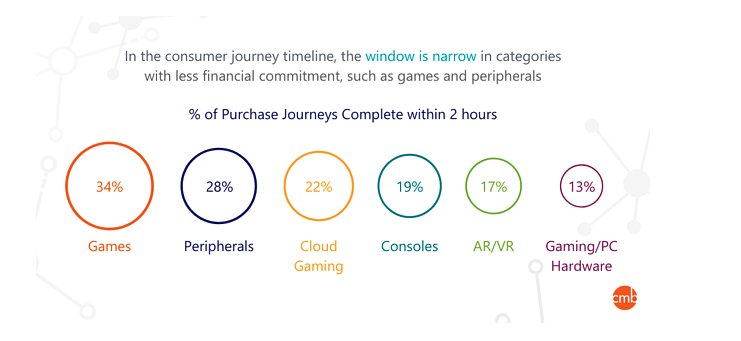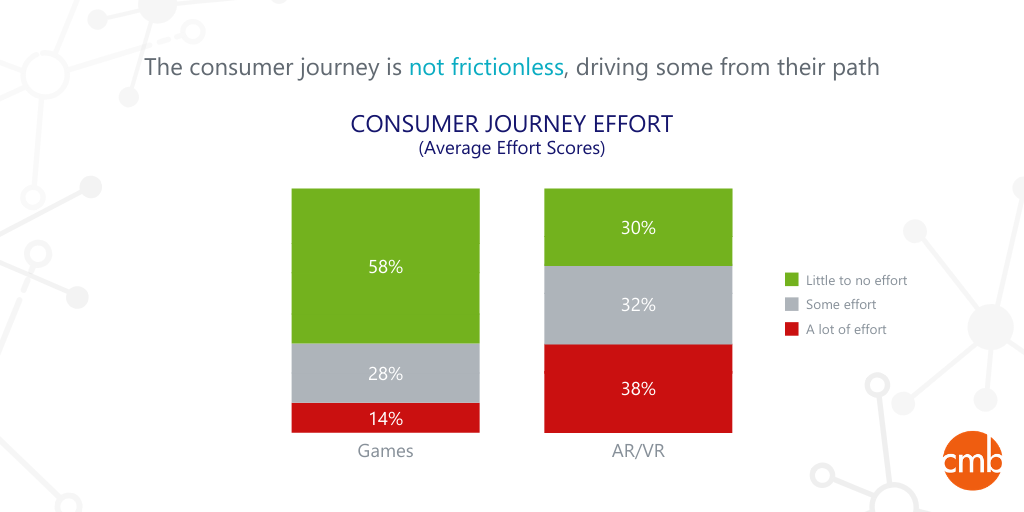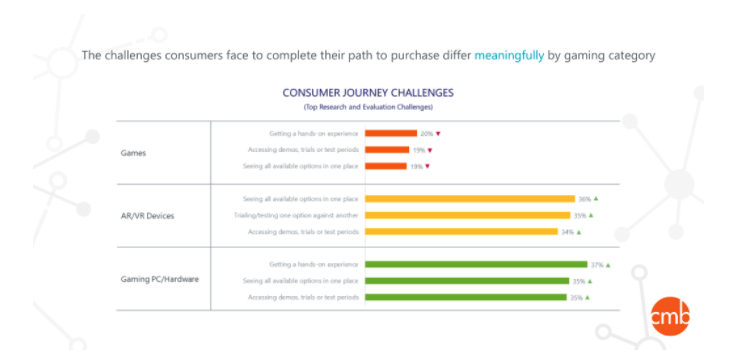It's about a 5 min. read.
With most of the country moving through stages of “reopening,” consumers’ path to purchase has been disrupted. New habits and behaviors are forming on the fly. It feels like now, and in the coming months, reassessing the “new path to purchase” will emerge as a priority for brands big and small.
Path to purchase/consumer journey research is about exploring what moves people towards the business outcome: a purchase. The framework is relatively similar across industries, categories, and products, and typically includes a heavy focus on the actions a consumer takes towards their final purchase. The words may differ however the research typically covers:
At CMB, this approach is one of the subtle differences between thinking about the path to purchase versus consumer journey research. The journey being broader, more inclusive, and including pre-category engagement and later stage customer experiences. Prior to COVID-19, CMB ran self-funded consumer journey research on the gaming industry. We designed the study to be broad and inclusive of “consumer journey” stages AND in a few other ways worthy of consideration in future consumer journey research.
We went BROAD, expanding categories beyond what would typically be included. And we think you should too. Think industry not category. In gaming, a typical approach would look at a tightly defined category within the gaming industry, the “Games” category, for instance, might define the category into gaming genres (e.g., Role-Playing-Games, First-Person-Shooters, Sporting Games). While this category approach generally yields fantastic insights – one thing that has always stuck with me is how VERY FEW differences often exist between narrowly defined categories (e.g., RPGs paths aren’t all that different from FSP paths).
Cast a wide net—in our case covering Games, Consoles, Peripherals, Cloud Gaming, AR/VR Devices, and Gaming PC/Hardware—and the differences will JUMP off the page. Take the duration of the journey for instance, the time from Trigger to Purchase:

With broad context, it becomes obvious how quickly decisions are made in the Games category (Fast, System-1 Thinking). With an easy implication on the priority of the Evaluation and Purchase moments of the path, we discover that AR/VR Devices is a much harder, slower path (Slow, System-2 Thinking) requiring heavy touches in the Research moments of the path (e.g., Discovery, Consideration). Marketing tactics need to follow suit.
As an Insights professional, the context helps with interpretation. It also sets the research up to serve broader business objectives, rather than driving action for a solo category. In a past life, I worked in the athletic industry and led some similar work on athletic footwear. After a while, we thought it would have served the business well to think more broadly and capture athletic apparel, equipment, and accessories in the same initiative.
We were INCLUSIVE, expanding to include incomplete paths. We looked at products “considered but the purchase was not completed.” Doing so allowed us to model touchpoints that drive purchases. It also allowed insights to include the idea of friction and barriers hindering the path forward. For instance, in the AR/VR category, the consumer journey creates a lot of friction with consumers. Forgive the corny gaming analogy here, but the AR/VR category is making consumers slog through an “Oregon Trail” journey, and they’re dying of exhaustion (or dysentery, or measles or fever).

Expanding in these areas doesn’t have to mean a lack of “depth” either. It may mean you need more sample/participants to support the analysis, however, the right questionnaire design can still grab the granular details needed to support key business decisions. In this study, there’s a clear consumer need for those interested in AR/VR to experience the product(s) more easily. In Cloud Gaming, consumers are asking for more trustworthy reviews that are less self-serving. By comparing these two categories, key business decision-makers are provided context to their data, which helps in better defining where the needs are, and what you can learn from.

So, if you’re exploring the path to purchase/consumer journey work, it’s worth a pause to ask yourself, “should I expand my world?” This experience shows that there may be more categories of the business that could be included that would lead to easier interpretation and would set the research up to serve the broader business. It also opens opportunities to gain more clear actionable insights by including both completed and incomplete paths. These two ideas are great additions to the traditional path to purchase work.
Please reach out if you’re interested in learning more about the path to purchase/consumer journey work or seeing more of the great work with did in the gaming industry.
Don’t forget to immerse yourself in our latest gaming research: A Gamer’s Journey | The Virtual Reality Edition. And stayed tuned for more of our findings–VR and beyond.
Explore A Gamer’s Journey